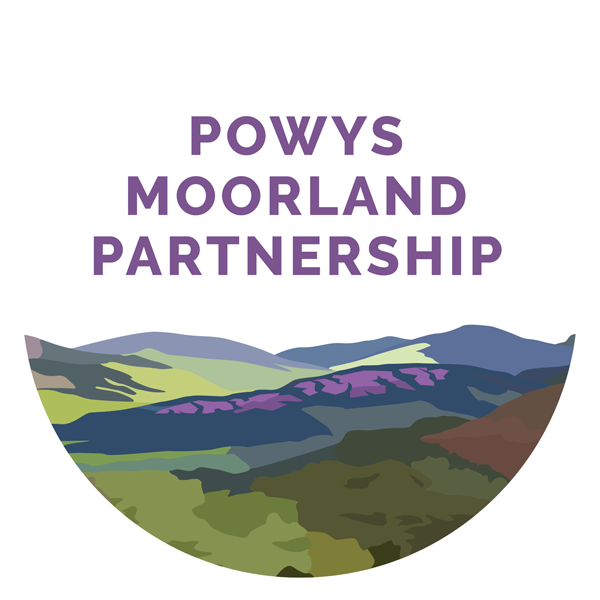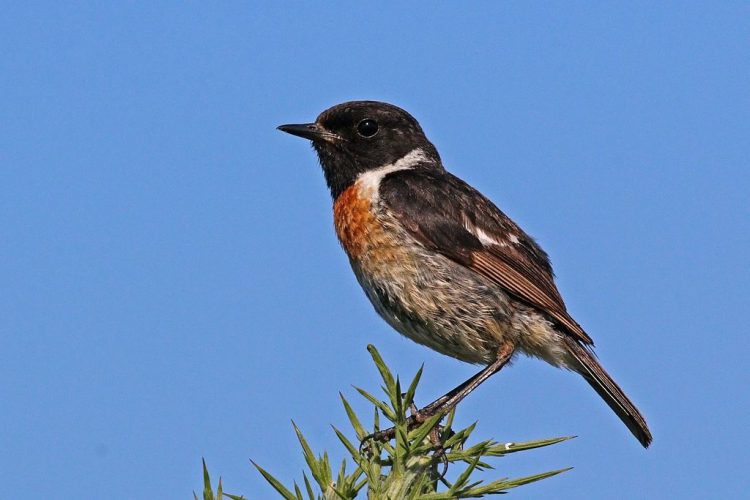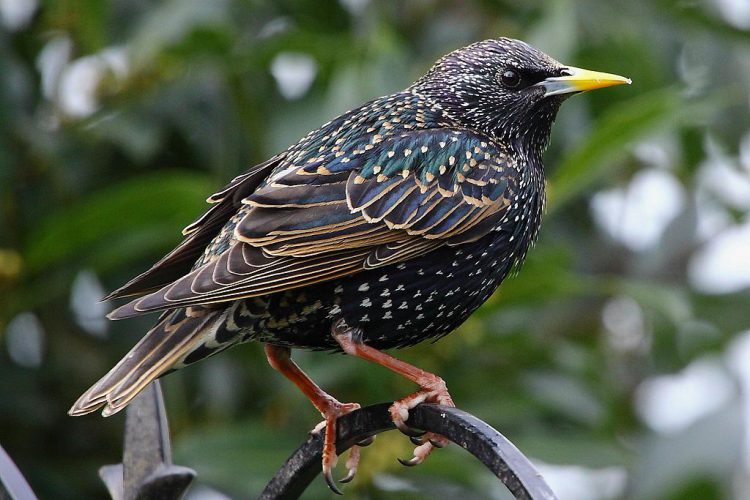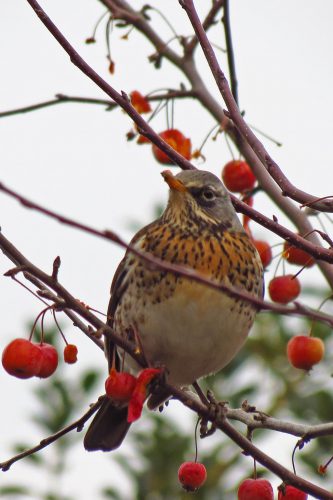Autumn and winter can be as important as spring and summer for birds. In fact, it could be argued that the British Isles is of particular importance for over-wintering and passage birds, being on the mild end of the continent. This is particularly noticeable if you travel to one of the big estuarine areas such as Morecambe Bay or The Wash, where it’s possible to see vast numbers of wading birds which breed further north. Even inland, the British Isles is a favourite place for thrush species such as Redwing and Fieldfare.
Starlings are another species for which we provide significant winter habitat, which is why I was surprised to see the Minister overturn the Inspector’s report on the Llandegly windfarm. Not that I’m against windfarms, but I had thought the planning process was to choose between suitable and non-suitable sites, and this is (or now was) one of the three biggest starling roosts in Wales. It’s chipping away at such parts of our countryside that leaves us poorer in birds. Plenty of wintering starlings can be seen on our moors and pastures.
On our moorlands, we often get groups of one of the prettiest of birds, the golden plover. These may be described as an essentially tundra-adapted species, so they find exactly what they’re looking for on areas of moorland where the bracken is cut in autumn, leaving a short tundra-like mossy habitat! Fortunately, we have several such areas on our moors in the scheme. So here’s an example of habitat management by graziers and moor-keepers which actively benefits a particular bird species in its requirements. Not all man-managed habitats are bad for birds, by any means.
Golden Plover rate high in my list of favourite birds, as I think they must do for anyone who’s seen them. They’re often encountered in largish flocks, and when these are on the wing they appear to change suddenly from light to dark as they turn in synchronised flight to reveal their undersides or backs. They also have a distinctive light plaintive call, and can be surprisingly tame. This autumn I counted 185 in a flock resting on the ground only fifty yards or so away from where we were working to create some shallow ‘scrapes’ for upland waders.
These scrapes provide young waders with surface insects, before they are old enough to hunt by probing in the ground. Conservation is sometimes a question of catering for not just different species, but birds of the same species at different stages of their life-cycle.
Another trick of Golden Plover is to disappear when they land, for example, in a field of swedes being grown for sheep. This time their whiteness in flight disappears suddenly, and their golden and brown backs leaves them remarkably camouflaged, leaving you rubbing your eyes wondering if you’ve just had a visual hallucination! So Golden Plover need tundra-like resting grounds plus pasture or arable farmland to feed in winter, and we are fortunate to have those habitats still together in Radnorshire.
Now’s the time already when some waders such as curlew begin to return tentatively from the coast in mild weather, though not many do till February. They soon nip back downhill if the weather turns too cold, but I have received a report from one farmer of a curlew on the edge of a moor in Breconshire. Maybe just prospecting? Or maybe a passage bird. Who can say?
Conversely, some birds will stay up all winter if things don’t turn too cold. An example is stonechats, again an exceptionally attractive bird, often seen in patches of gorse. I saw a small group in December in a few gorse bushes beside some farmland near one of the moors. Stonechats are partial migrants; some do, some don’t. In early autumn, it’s quite common to see a male with a group of juveniles. This probably happens when he has taken charge of a first hatch while his mate has remained in their breeding ground looking after a second brood.



